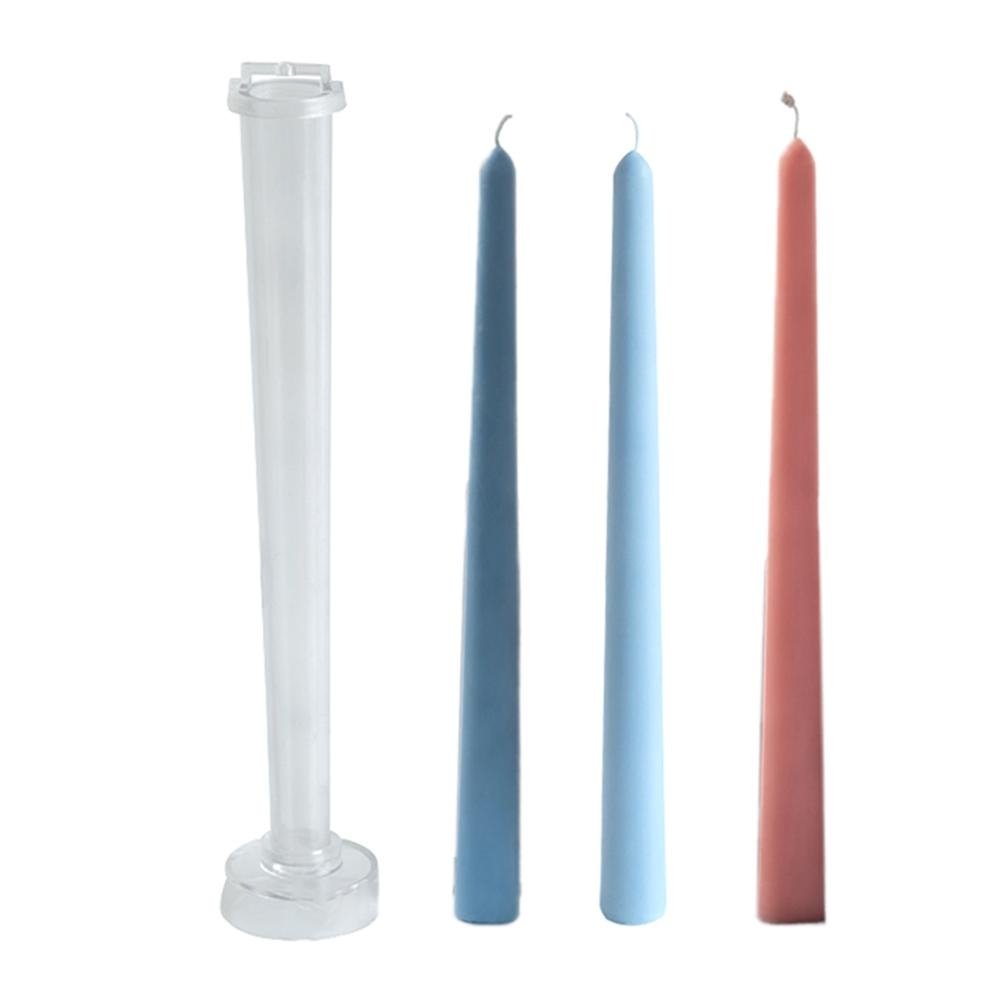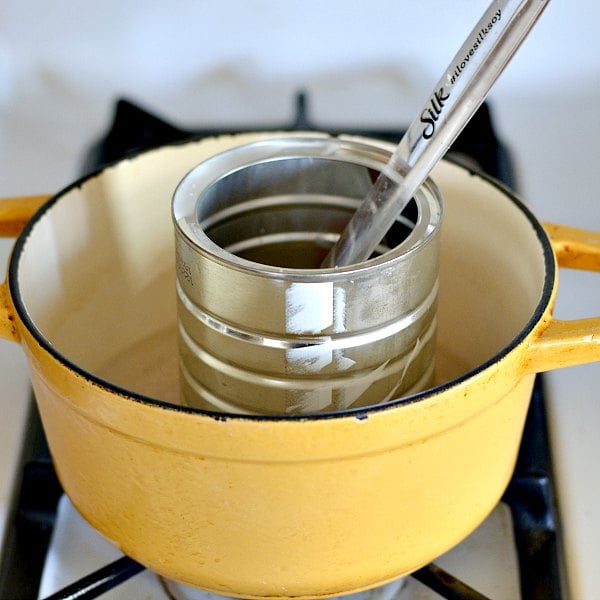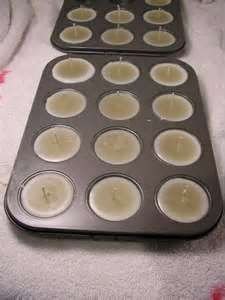Are you interested in learning the art of candle making? Look no further than this beginner’s guide to wicks candle making.
Whether you’re a complete novice or have some experience in candle making, understanding the importance of wicks is essential to creating beautiful and functional candles. In this article, we will explore everything from the different types of wicks used in candle making to common mistakes to avoid and tips for choosing the best wick size for your project.
When it comes to wicks candle making, choosing the right wick can make all the difference in the quality and performance of your candles. The type and size of wick you select can affect how evenly your candle burns, how much scent it emits, and even the aesthetics of the finished product. Understanding these factors is crucial for anyone looking to create their own candles at home.
In addition to discussing the importance of selecting the right wick, we will also delve into how to make your own wicks from scratch, exploring different materials and their impact on a candle’s performance. We’ll also touch on trends and innovations in wick technology, giving you a glimpse into the future of this timeless craft.
So whether you’re looking to start a new hobby or improve your existing candle making skills, this beginner’s guide to wicks candle making has something for everyone.
The Importance of Choosing the Right Wick for Your Candle
When it comes to candle making, the wick is one of the most crucial components that can greatly impact the overall performance and quality of the candle. Choosing the right wick for your candle is essential in ensuring a clean and even burn, as well as achieving the desired fragrance throw.
Impact on Burn Time and Scent Throw
The size and material of the wick can significantly affect the burn time of the candle. A wick that is too small will result in incomplete wax melting and tunneling, while a wick that is too large can cause soot buildup and an overpowering scent throw. It’s important to consider factors such as the diameter of the container, type of wax used, and desired fragrance strength when selecting a wick for your candle making project.
Preventing Wick Trimming
Choosing the right wick also plays a key role in preventing excessive wick trimming during use. A properly sized wick will minimize mushrooming (the carbon buildup at the tip of the burning wick), reducing the need for frequent trimming and ensuring a cleaner burn throughout the life of the candle.
Enhancing Safety
Moreover, selecting an appropriate wick is crucial for ensuring safety during candle use. A wick that is too long or unruly can lead to flare-ups or uneven burns, posing potential fire hazards. By choosing the right wick for your candle, you can ensure a safe and enjoyable burning experience for you and your customers.
Understanding the Different Types of Wicks Used in Candle Making
When it comes to candle making, choosing the right type of wick is crucial in ensuring the quality and performance of your candles. There are different types of wicks available in the market, each designed for specific types of candles and wax formulations. Understanding the different types of wicks used in candle making is essential for achieving the desired burning characteristics and fragrance release in your homemade candles.
One common type of wick used in candle making is the cotton wick. Cotton wicks are popular for their clean and consistent burn, making them suitable for a wide range of candle sizes and wax types. They come in various sizes and can be used for container candles, pillar candles, votive candles, and more.
Another popular option is the wooden wick, which offers a unique aesthetic appeal with its crackling sound and wide flame. Wooden wicks are often used in soy wax and coconut wax candles due to their ability to burn evenly and cleanly.
In addition to cotton and wooden wicks, there are also specialty wicks designed for specific candle formulas such as beeswax or gel wax. These specialty wicks are engineered to accommodate the unique properties of these wax types, providing optimal burn performance. It’s important to consider factors such as wax type, fragrance load, and candle size when selecting the appropriate wick for your candle making project.
| Types of Wicks | Common Uses |
|---|---|
| Cotton Wicks | Container candles, pillar candles, votive candles |
| Wooden Wicks | Soy wax candles, coconut wax candles |
| Specialty Wicks (e.g. beeswax or gel wax) | Specific candle formulas with unique properties |
Step-by-Step Guide to Making Your Own Wicks for Candle Making
Gathering Materials and Equipment
Before you start making your own wicks for candle making, it’s important to gather all the necessary materials and equipment. You will need cotton string or twine, scissors, a small bowl of water, and wax (paraffin or beeswax) for coating the wick. Make sure to use a cotton string or twine that is untreated and free from any synthetic fibers.
Measuring and Cutting the Wicks
Once you have all the materials ready, measure and cut the cotton string or twine to your desired length. It’s recommended to cut the wick about two inches longer than the height of your candle container or mold. This extra length will allow for easy handling and trimming later on.
Coating the Wicks With Wax
After cutting the wick to size, dip it into the small bowl of water and then straighten it out by running it between your fingers. This step helps to remove any kinks or twists in the cotton string. Next, carefully dip the wick into melted wax, ensuring that it is fully coated. Hang the wick to dry and harden before using it in your candle making project.
By following these simple steps, you can easily make your own wicks for candle making projects. Making your own wicks allows you to customize the size and material of the wick according to your specific candle design and preferences. Experiment with different types of cotton string or twine, as well as varying lengths and wax coatings to find the perfect combination for your homemade candles.
Common Mistakes to Avoid When Using Wicks for Candle Making
When it comes to wicks candle making, it’s important to know the common mistakes to avoid in order to create high-quality, long-lasting candles. One of the most common mistakes is choosing the wrong wick size for your candle.
Using a wick that is too small can result in tunneling, where the wax only melts down the center of the candle, leaving unused wax around the edges. On the other hand, using a wick that is too large can cause the candle to burn too hot and fast, leading to soot and reduced burn time.
Another mistake to avoid is not properly centering the wick in the candle while it’s setting. If the wick is not centered, it can lead to an uneven burn and potentially cause safety hazards. Additionally, failing to trim the wick before each use can result in a larger flame and excessive smoking.
It’s also important to avoid using low-quality or improper wick materials. Different types of candles require different types of wicks, so using a one-size-fits-all approach may lead to poor performance.
Always consider factors such as candle diameter, wax type, fragrance load, and desired burn time when selecting a wick for your candle making project. By avoiding these common mistakes, you can ensure that your candles burn evenly and cleanly, providing a pleasant experience for anyone who uses them.
| Common Mistakes | Impact |
|---|---|
| Choosing wrong wick size | Tunneling or quick burn |
| Improperly centering wick | Uneven burn and safety hazards |
| Not trimming wick before use | Larger flame and excessive smoking |
| Using low-quality or improper wick materials | Poor performance in different types of candles |
Exploring Different Wick Materials and Their Impact on the Candle’s Performance
When it comes to candle making, the material of the wick plays a significant role in determining the overall performance of the candle. Different wick materials can have varying effects on burn time, flame size, and even the scent throw of the candle. It’s important for beginner candle makers to understand how these different materials can impact their final product.
To help you navigate through the various options available, here is a breakdown of some common wick materials used in candle making:
- Cotton: One of the most popular choices for wicks, cotton wicks are known for their clean and steady burn. They are suitable for a wide range of candle types and are often used in container candles.
- Wood: Wooden wicks have gained popularity in recent years due to their crackling sound and aesthetic appeal. They tend to create a wider flame and are commonly used in soy or beeswax candles.
- Zinc: Zinc-core wicks are known for their stability and ability to support a consistent burn. They are often used in pillar candles and containers with a wide diameter.
Each of these materials has its own unique characteristics that can impact how your candle burns. It’s essential to consider factors such as wax type, container size, and fragrance load when choosing the right wick material for your candle making project.
As you gain experience in candle making, don’t be afraid to experiment with different wick materials to see how they affect the performance of your candles. By understanding the impact of various wick materials, you can make informed decisions that will ultimately enhance the quality of your homemade candles.
Tips for Choosing the Best Wick Size for Your Candle Making Project
When it comes to candle making, choosing the right wick size is crucial for the success of your project. The size of the wick will determine how efficiently the candle burns, how much fragrance is released, and whether or not the candle will tunnel or create soot. Here are some tips for choosing the best wick size for your candle making project:
- Consider the diameter of your container: The size of your container will play a significant role in determining the appropriate wick size. A larger diameter will require a thicker wick to ensure that the wax pool reaches the edges of the container, while a smaller diameter will need a thinner wick to prevent overheating.
- Think about the type of wax you are using: Different types of wax can affect how a wick burns. For example, soy wax may require a different wick size than paraffin wax due to their differing melting points and textures.
- Test different wick sizes: It’s essential to conduct test burns with various wick sizes before settling on one for your final product. This will help you observe how each wick performs in terms of burn rate, flame height, and overall stability.
Ultimately, selecting the right wick size for your candle making project may involve some trial and error. However, taking into account factors such as container diameter, wax type, and conducting thorough testing will lead you to choose a wick that promotes an even burn and optimal performance for your candles. Whether you’re making small votives or large jar candles, investing time in selecting an appropriate wick size will result in high-quality candles that both look and smell fantastic.
The Future of Wicks Candle Making
In conclusion, the future of wicks candle making looks promising with the potential for innovations and trends in wick technology. As candle making continues to evolve, so does the technology behind wick design and materials, offering exciting possibilities for both hobbyists and professional candle makers alike. With advancements in wick technology, there is a growing focus on creating wicks that enhance the overall performance, burn time, and scent throw of candles.
One of the key trends in wick technology is the use of sustainable and eco-friendly materials. As more consumers prioritize sustainability and environmental responsibility, there is a growing demand for wicks made from natural fibers such as cotton or hemp. Additionally, researchers are exploring innovative approaches to create wicks from biodegradable materials to further minimize the environmental impact of candle making.
Moreover, advancements in wick technology are also focused on improving burn efficiency and reducing issues such as tunnelling or excessive soot production. Manufacturers are continually researching and developing new wick designs that can provide a cleaner and more even burn, resulting in a better overall experience for candle enthusiasts.
As we look ahead to the future of wicks candle making, it’s clear that ongoing innovations in wick technology will play a significant role in shaping the industry and meeting the demands of modern consumers who seek high-quality, sustainable, and efficient candles.

Welcome to my candle making blog! In this blog, I will be sharing my tips and tricks for making candles. I will also be sharing some of my favorite recipes.





